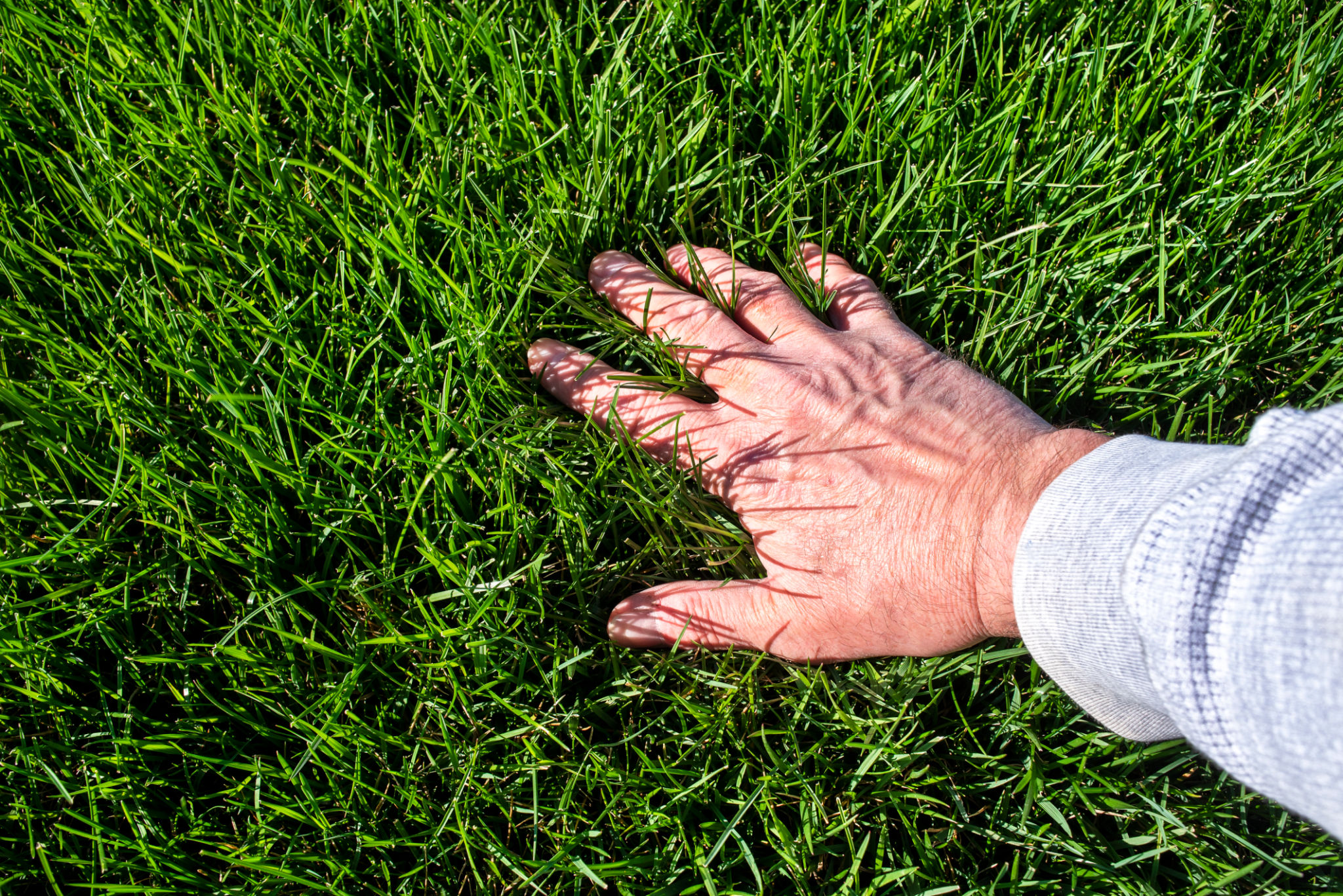How to Prepare Your Lawn for Winter in Hamilton
HS
Assess Your Lawn's Current Condition
As the winter season approaches in Hamilton, it's crucial to assess the current condition of your lawn. Take a walk around your yard and look for any signs of damage or disease. Identifying these issues early allows you to address them before the cold weather sets in, ensuring your lawn remains healthy throughout the winter months.

Aerate the Soil
Aerating your lawn is an essential step in preparing for winter. This process involves removing small plugs of soil to improve air circulation and nutrient absorption. Aeration helps alleviate soil compaction, allowing grass roots to grow deeper and stronger. It's best to aerate in the fall when the soil is moist, but not wet.
Fertilize for Strength
Applying a slow-release fertilizer in the fall provides your lawn with the nutrients it needs to endure the harsh winter months. Choose a fertilizer high in potassium, which will help strengthen grass roots and increase resistance to diseases. Be sure to follow the manufacturer's instructions for application rates to avoid over-fertilizing.

Control Weeds and Pests
Weeds and pests can be particularly troublesome as your lawn prepares for dormancy. Use a pre-emergent herbicide to prevent weed seeds from germinating during the winter. Additionally, keep an eye out for signs of pest activity, such as brown patches or holes in the grass. If necessary, apply a pest control treatment to protect your lawn.
Mow and Trim Appropriately
As temperatures drop, adjust your mowing habits to prepare your lawn for winter. Gradually lower the cutting height of your mower until your grass is around 2 to 2.5 inches tall. This height helps prevent matting under snow and reduces the risk of disease. Remember to keep your mower blades sharp for clean cuts.

Clear Debris and Leaves
Fallen leaves and debris can smother your grass if left on the ground over winter. Rake leaves regularly, and consider mulching them into smaller pieces with a mower to provide organic matter for your lawn. Clearing debris also helps prevent mold and fungal diseases that thrive in damp conditions.
Water Wisely
Ensuring your lawn is adequately hydrated before the ground freezes is vital for its survival through winter. However, be careful not to overwater, as excess moisture can lead to root rot. Water deeply but infrequently during the fall, allowing the soil to dry out slightly between watering sessions.
Consider Overseeding
If your lawn has thin or bare patches, overseeding in the fall can help fill these areas before winter arrives. Choose a grass seed variety suitable for Hamilton's climate and spread it evenly across your lawn after aerating and fertilizing. Overseeding will promote a thicker, healthier lawn come spring.

By following these steps to prepare your lawn for winter in Hamilton, you can ensure it remains healthy and robust throughout the colder months. A well-prepared lawn not only survives winter but also thrives in the spring, providing a lush, green space for you and your family to enjoy.